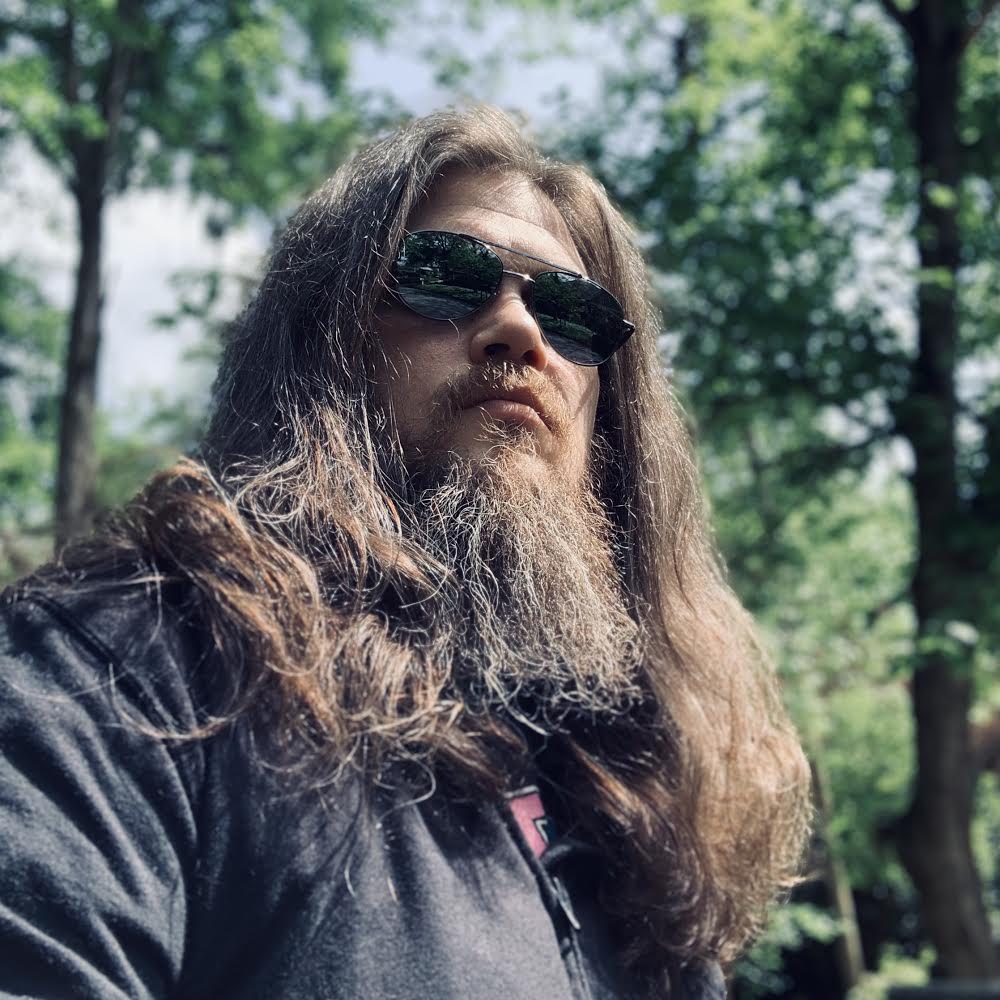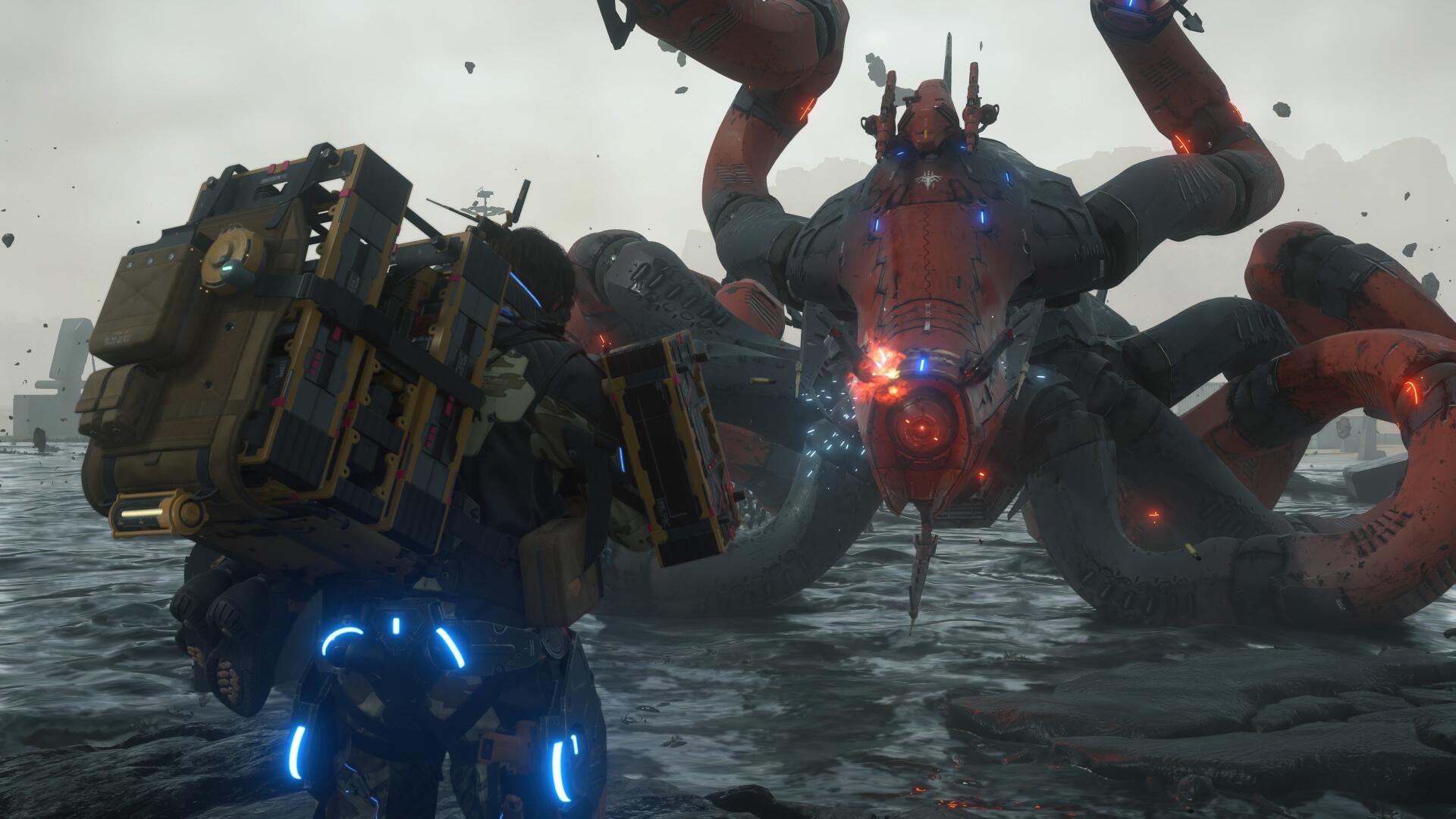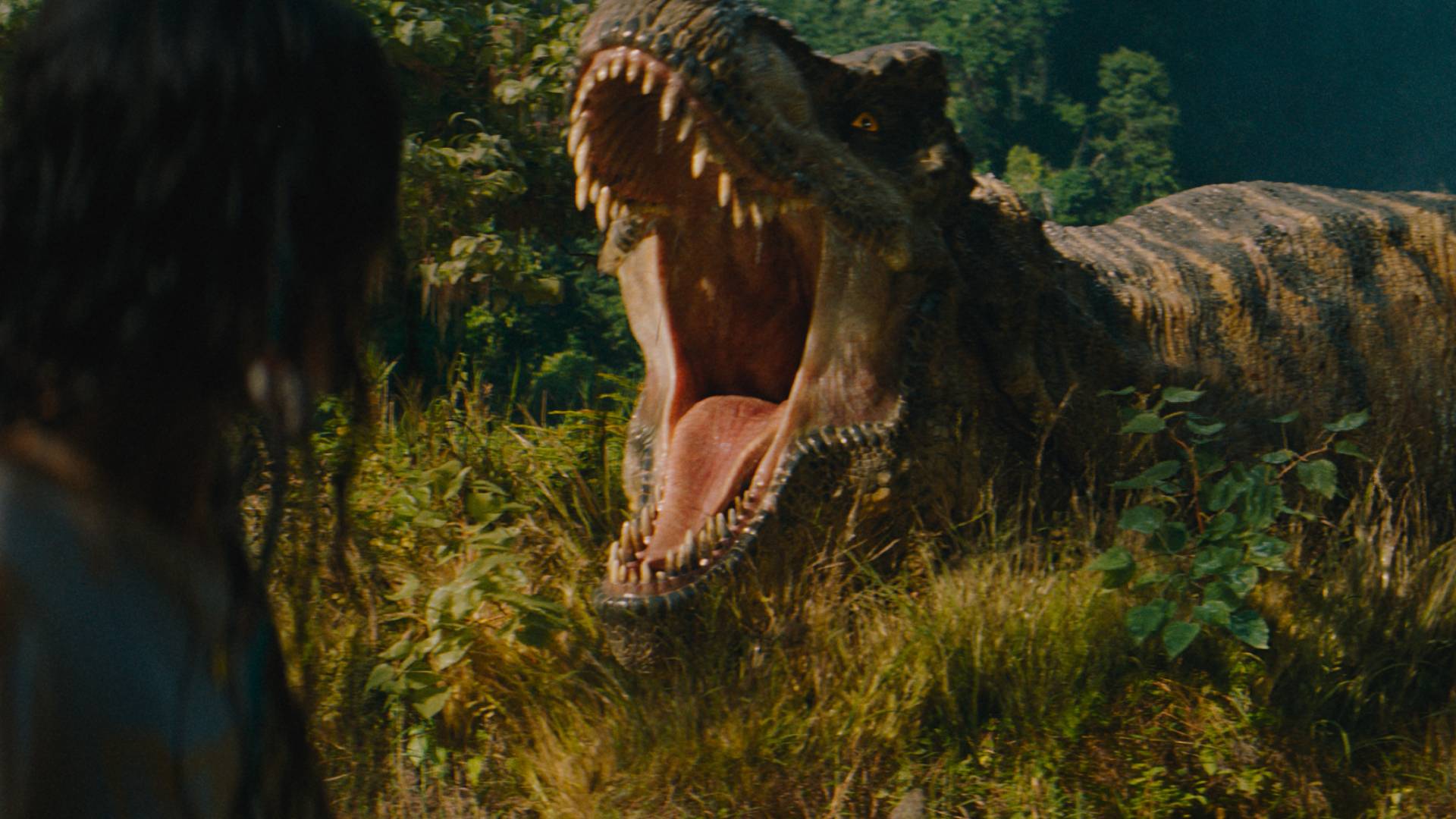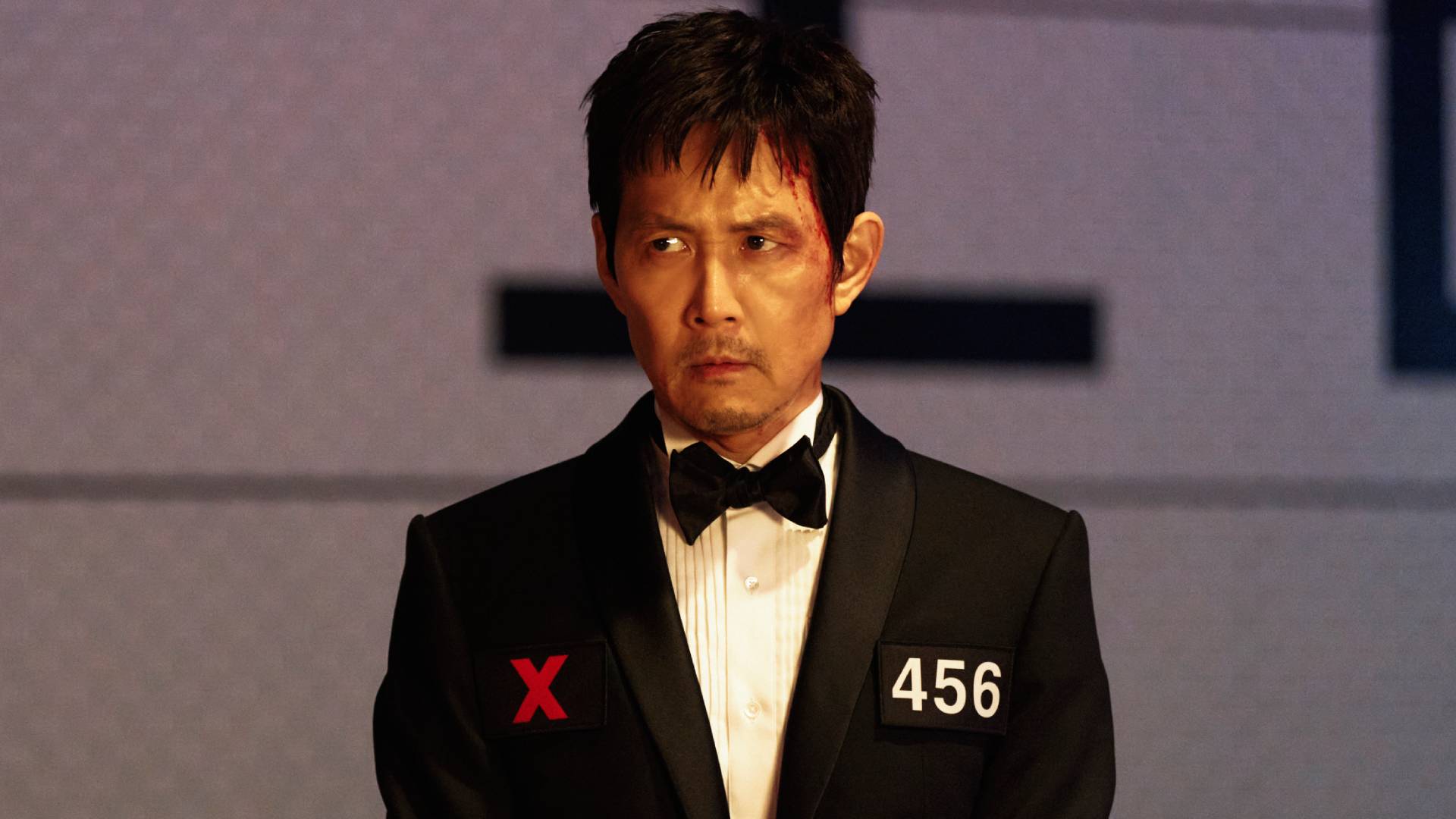The MCU Fantastic Four reboot needs to nail these five things from comics to be perfect
If Marvel Studios really wants to get its Fantastic Four reboot right, it just needs to look to these elements of FF comics
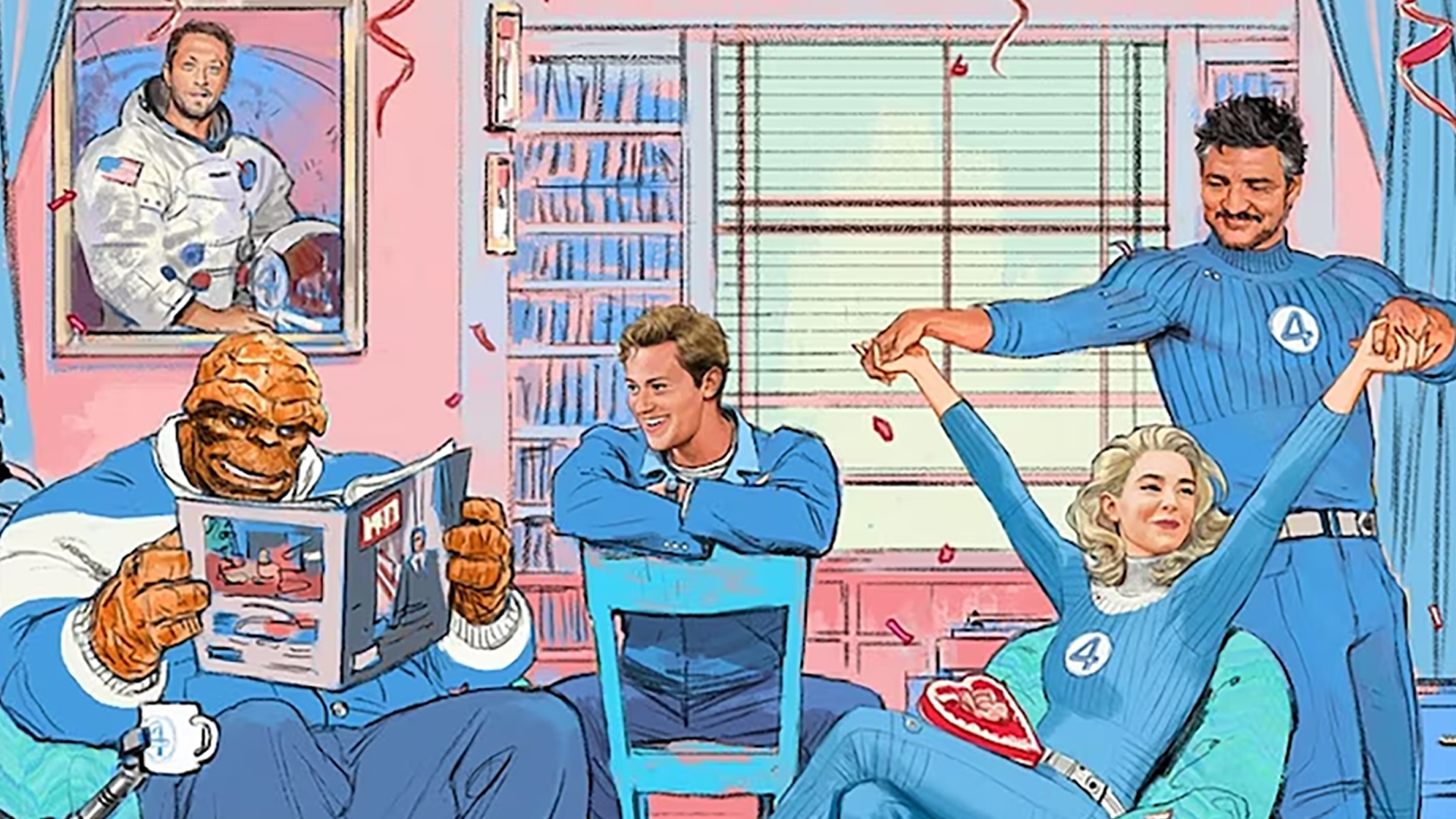
Marvel Studios has finally announced the cast of its 2025 Fantastic Four movie reboot - Pedro Pascal as Reed Richards/Mister Fantastic, Vanessa Kirby as Sue Storm/Invisible Woman, Joseph Quinn as Johnny Storm/Human Torch, and Ebon Moss-Bachrach as Ben Grimm/the Thing. And along with the dream casting, Marvel also seems to be hinting at a '60s setting for the film.
To many longtime Fantastic Four fans (such as yours truly), that sounds like music to our ears. But there are still a few sticking points that Marvel Studios will need to address to ensure that its take on the FF rings true with fans and fresh audiences alike, while also capturing the true essence of the "World's Greatest Comic Magazine," to quote the Fantastic Four's original comic tagline.
Previous attempts have swayed tonally between broad comedy and dire tragedy, and though both prior FF film franchises have taken swings at adapting different elements of the classic Fantastic Four comic books, neither has managed to strike the balance of awesome wonder and familial charm needed to truly do justice to the team.
But all Marvel Studios has to do to get it right for the MCU is turn to comics. The Fantastic Four launched the entire concept of the Marvel Universe in 1962, creating the blueprint that still forms the foundation of many modern ideas of what superhero stories are and what the comic medium can do.
So here are five key things from comics that Marvel Studios has to get right to nail its upcoming Fantastic Four reboot movie.
Super Science
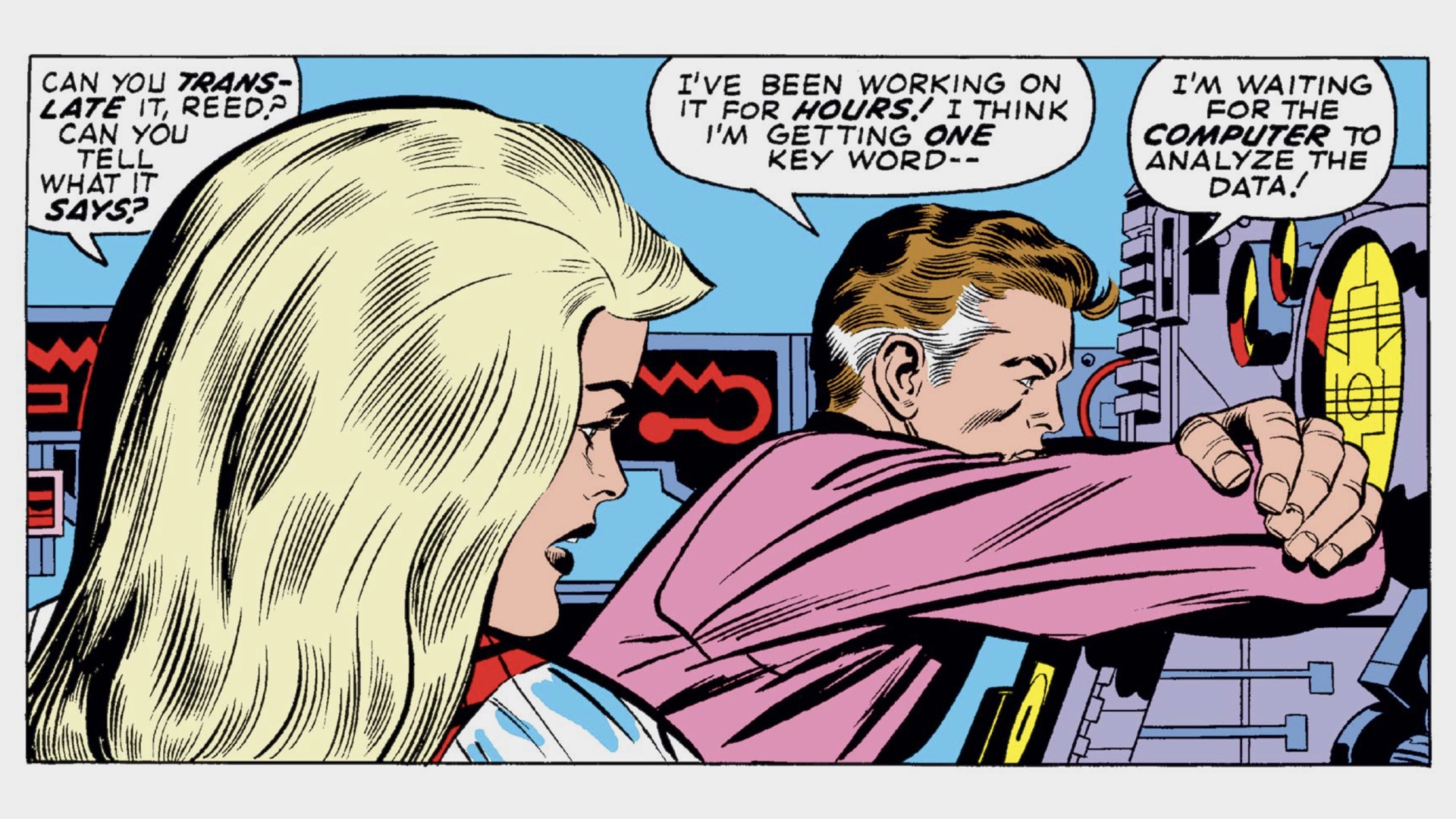
The idea that a Fantastic Four movie needs to showcase the super science and incredible genius of Reed Richards may feel a bit like it needs to go unsaid - but that's all the more reason to make the case that the power of the mind and the application of science in adventurous new ways should be central to Marvel Studios' take on the film reboot.
From the Baxter Building, to the Fantasticar, to the numerous other inventions Reed Richards puts together that drive the FF's stories, it all needs to look like it was designed by a guy who has a singular vision for the future and the will to make it all a reality (more on that in a moment).
Get the best comic news, insights, opinions, analysis and more!
Unlike Tony Stark's somewhat industrial, hands-on approach to super science, Reed Richards' inventions should have the sleek look of someone building toward a universal future that goes even beyond Earth - and even beyond just one reality.
We've gotten a glimpse at the film's potential version of HERBIE in the teaser image, and the FF's robot companion seems to be on the right track to hit the bar we're hoping the reboot will reach.
A sense of cosmic wonder
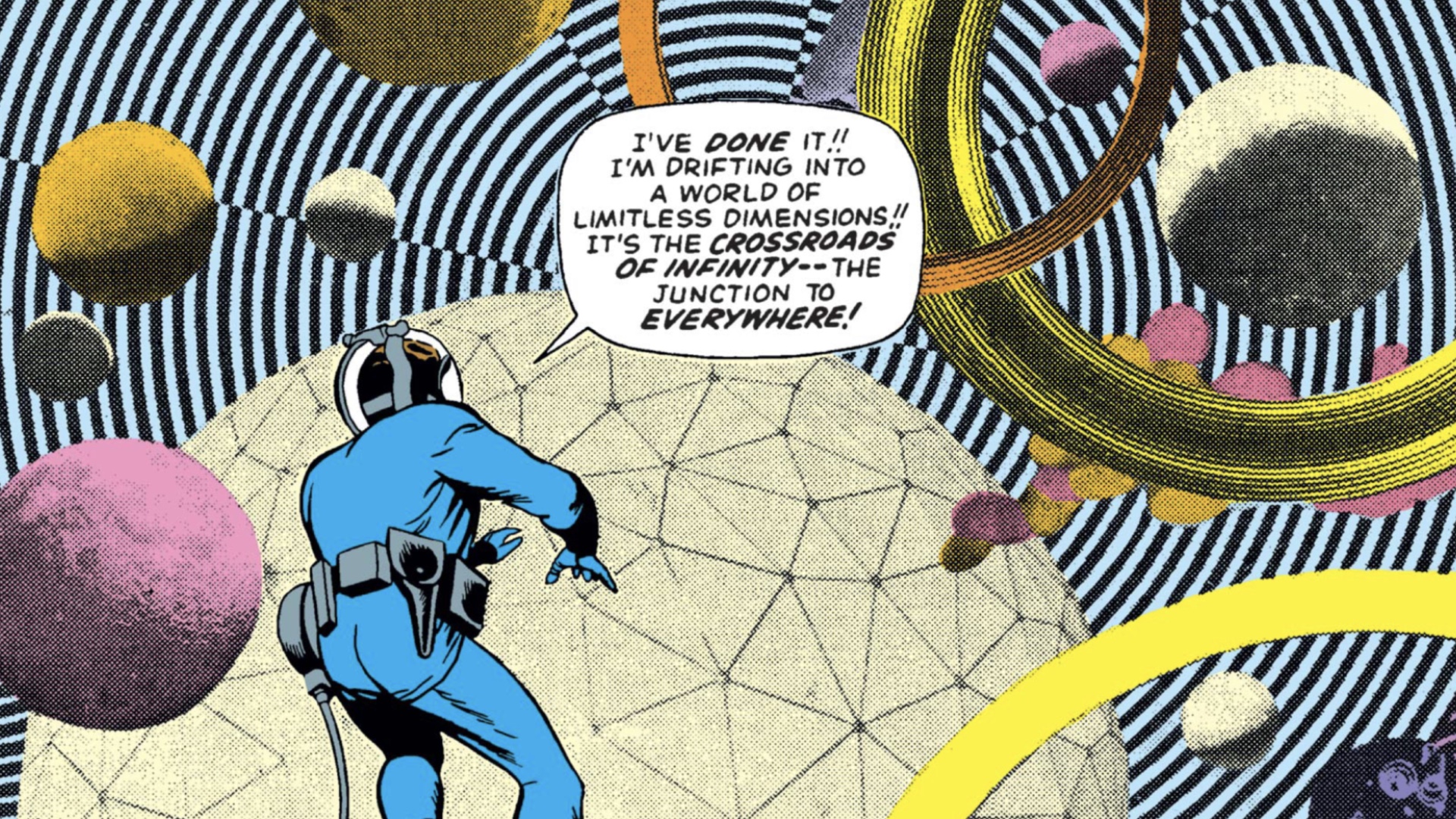
I get it - it's a little hard to define the idea of "cosmic wonder" as an element for a film. But what it really means is that Marvel Studios has to lean into the awe-inspiring, reality-spanning scope of the Fantastic Four's adventures. Though they're unquestionably superheroes, the comic book FF has always been more about exploration and pushing the boundaries of possibility than fighting crime.
Whether they're venturing into the Negative Zone, shrinking down into Sub-Atomica, or even getting their powers from Cosmic Rays, the Fantastic Four are always breaking new ground and exploring new territory that challenges the perceptions of not just the FF, but often readers themselves.
That could pose a challenge for Marvel Studios, which is rapidly expanding the MCU into a whole Multiverse including some iconic locations that the FF are known to travel to. That said, finding a way to make the FF feel both fresh and massive in scope - exploring new ideas that go beyond what we've already seen and which expand the MCU in further conceptual directions than ever before - will be the linchpin in capturing the true essence of the Fantastic Four in comics.
The family element
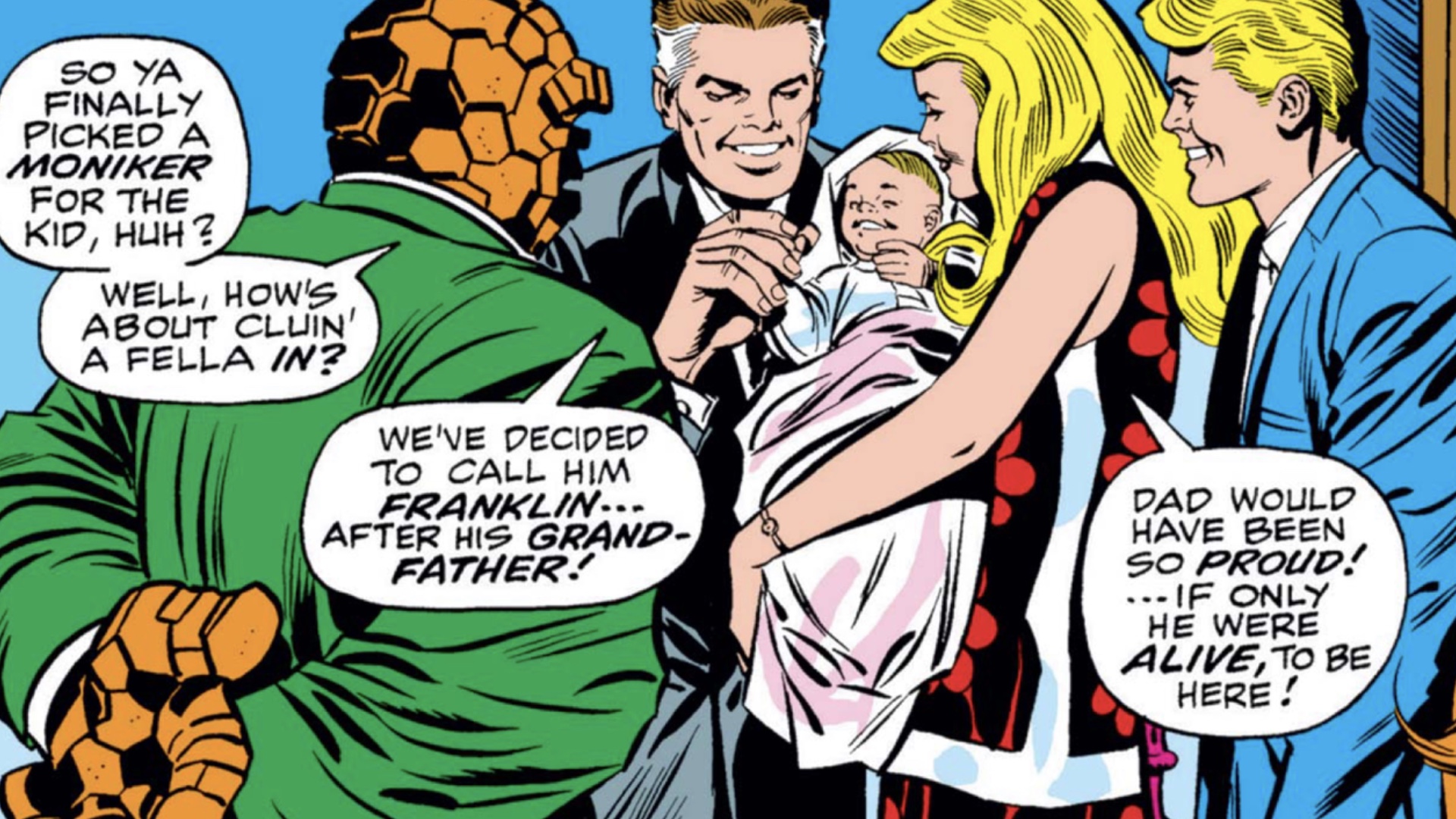
"Family" is the watchword for a very different FF franchise - the Fast and Furious movies, of course. But even before being superheroes, the Fantastic Four are a family themselves, and that's baked into the team's history and its place in the Marvel Universe.
Anchored around Reed Richards, his wife Sue Storm, her brother Johnny Storm, and Reed's best friend Ben Grimm (and eventually Sue and Reed's kids Franklin and Valeria), the antics and foibles of family life are the original element that set the FF comic apart from any American superhero comics that had come before.
The FF all have flaws to go with their super powers. Johnny has a tendency to be irresponsible. Reed is often distant and cold. Sue can be a shrinking violet with her own emotions. And Ben is prone to a short fuse with his anger. But at the end of the day, no matter what they go through, they're a family who love and care for each other - and that's the key to truly capturing the essence of the Fantastic Four on film.
Judging by the vibe of the teaser image that announced the film's pitch-perfect cast, the idea of the Fantastic Four as a family who spend time together outside of just being superhero explorers seems to be at the forefront of the MCU reboot.
Doctor Doom
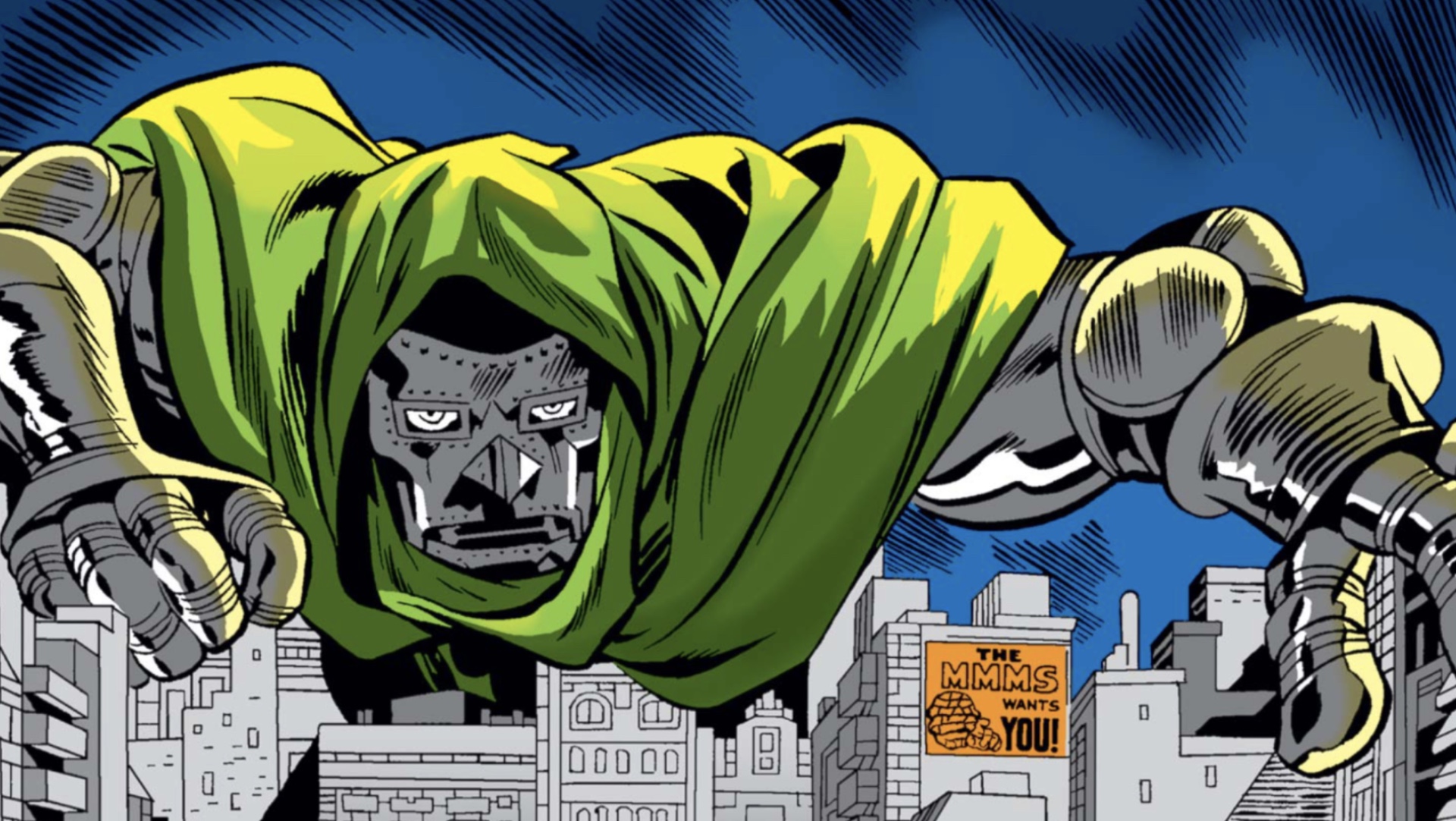
Like his heroic nemeses, Doctor Doom has been attempted twice in the previous big screen Fantastic Four franchise films, with results ranging from abominable to mediocre. And with the Fantastic Four coming to the MCU, their 'fifth Beatle' needs to be along for the ride in a way that captures his iconic nature as one of Marvel's most enduring characters and most famous villains.
Marvel Studios has often shied away from revisiting villains from the properties it's rebooted. But in the case of the Fantastic Four, bringing back Doctor Doom - a version of Doctor Doom that captures the menace and majesty of his comic book counterpart - is just as essential to the story of the FF as the Richards Family, Johnny Storm, and Ben Grimm.
On top of that, Marvel has a real opportunity to win people over just by nailing Doom's appearance - green cloak, iron mask, and all. Even that would be a triumph for the Fantastic Four's big reboot, and fans would definitely take notice.
The visionary style of Jack Kirby
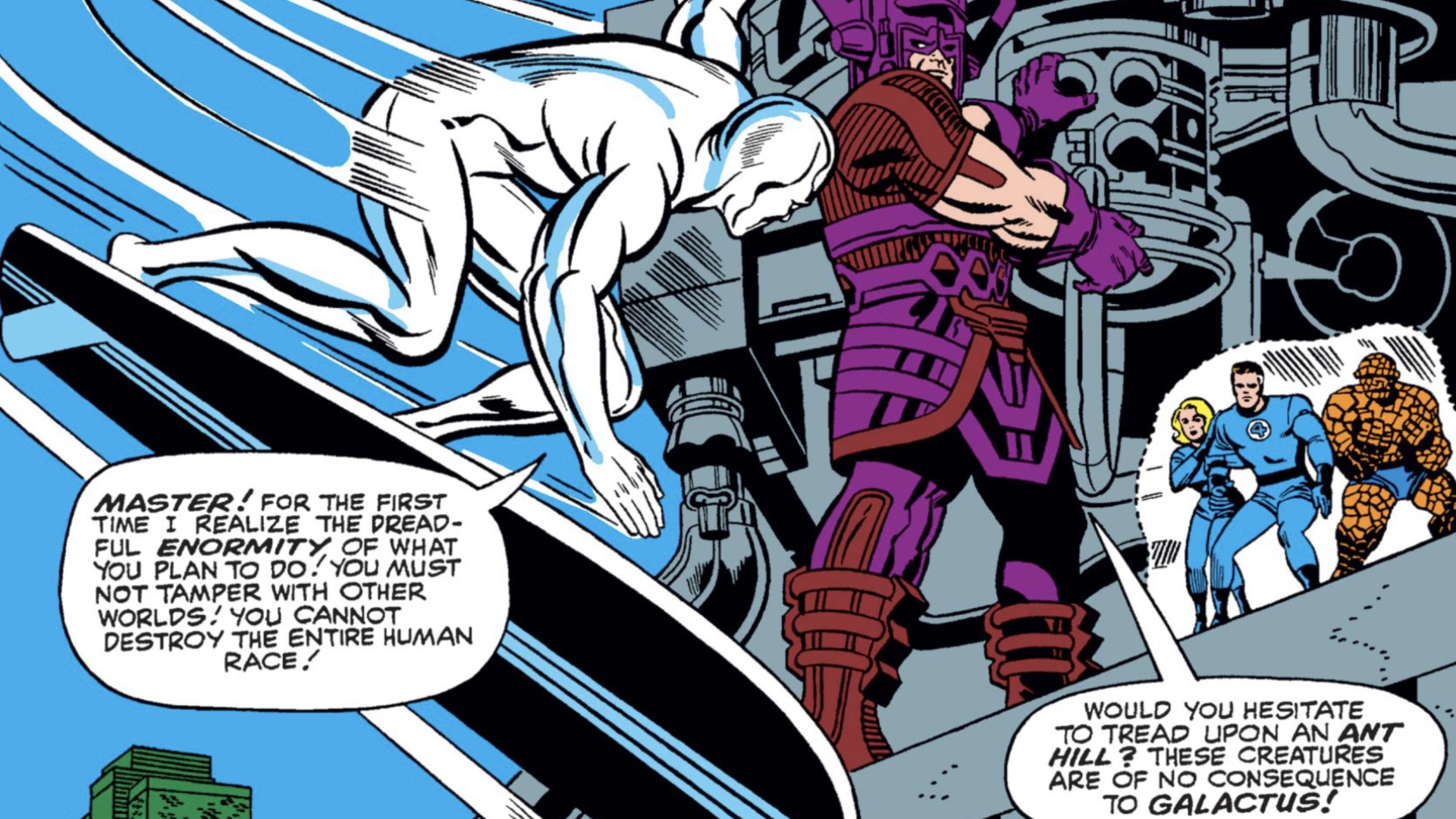
More than any other element, to be the true, definitive movie take on the Fantastic Four, the MCU reboot needs to embrace the stunning, eclectic visuals of Jack Kirby, the team's visionary co-creator. Writer Stan Lee gets a lot of credit for the Marvel Universe, but without Jack Kirby, the FF wouldn't exist - and they certainly wouldn't have one of the most revolutionary styles in the history of comics.
Kirby's art and design has been the backbone of the Marvel Universe in comic books since it launched with 1961's Fantastic Four #1. His unbridled, cosmic vision of the FF's super science, their world, and their adventures still defines the team to this day. And what's more, his approach to comic book art redefined the visual language of the medium in a way that also endures into the modern era.
Marvel Studios has previously faced criticism for flattening Kirby's wondrous four-color style into more standard MCU fare for projects like The Eternals. But that won't fly for the FF, where the look of their inventions and the bright scope of the new horizons they explore are crucial to nailing a truly essential live-action adaptation of the team.
At this point, we've seen just one image of the team - and it's an artistic rendering at that. But the bright colors, super-science elements, and even the team's retro-looking uniforms have us hopeful that the MCU Fantastic Four reboot is on the right track to capture the spirit of the classic comics in a way no FF movie has yet.
These are the elements that make up the stories told in the best Fantastic Four comics of all time.
I've been Newsarama's resident Marvel Comics expert and general comic book historian since 2011. I've also been the on-site reporter at most major comic conventions such as Comic-Con International: San Diego, New York Comic Con, and C2E2. Outside of comic journalism, I am the artist of many weird pictures, and the guitarist of many heavy riffs. (They/Them)
